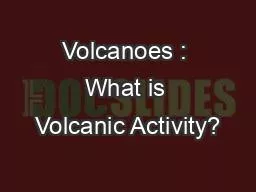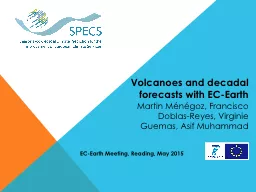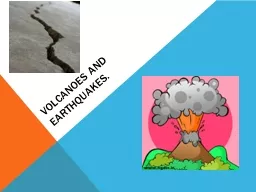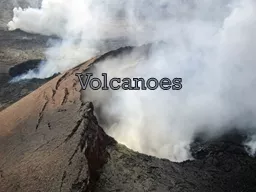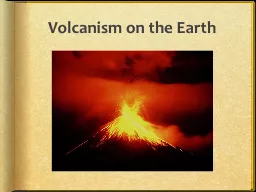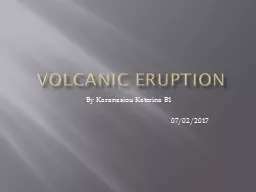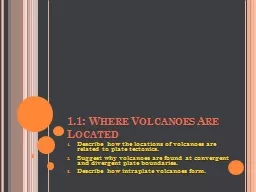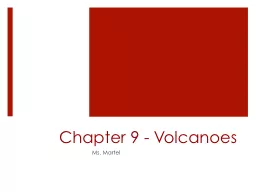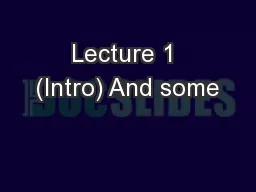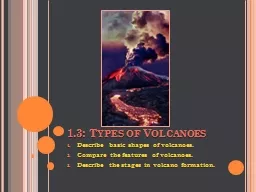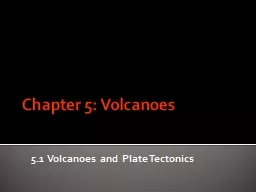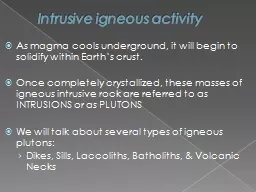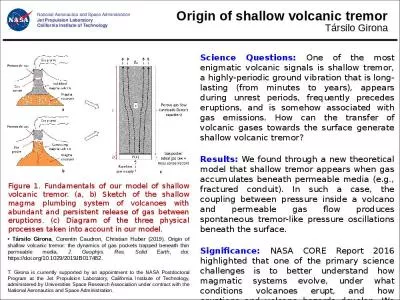PPT-Volcanoes : What is Volcanic Activity?
Author : genesantander | Published Date : 2020-06-30
1 An opening in Earths crust through which molten rock ash and gases erupt 2Volcano The landform that develops around the opening 3 A way for Earth to release heat
Presentation Embed Code
Download Presentation
Download Presentation The PPT/PDF document "Volcanoes : What is Volcanic Activity?" is the property of its rightful owner. Permission is granted to download and print the materials on this website for personal, non-commercial use only, and to display it on your personal computer provided you do not modify the materials and that you retain all copyright notices contained in the materials. By downloading content from our website, you accept the terms of this agreement.
Volcanoes : What is Volcanic Activity?: Transcript
Download Rules Of Document
"Volcanoes : What is Volcanic Activity?"The content belongs to its owner. You may download and print it for personal use, without modification, and keep all copyright notices. By downloading, you agree to these terms.
Related Documents

